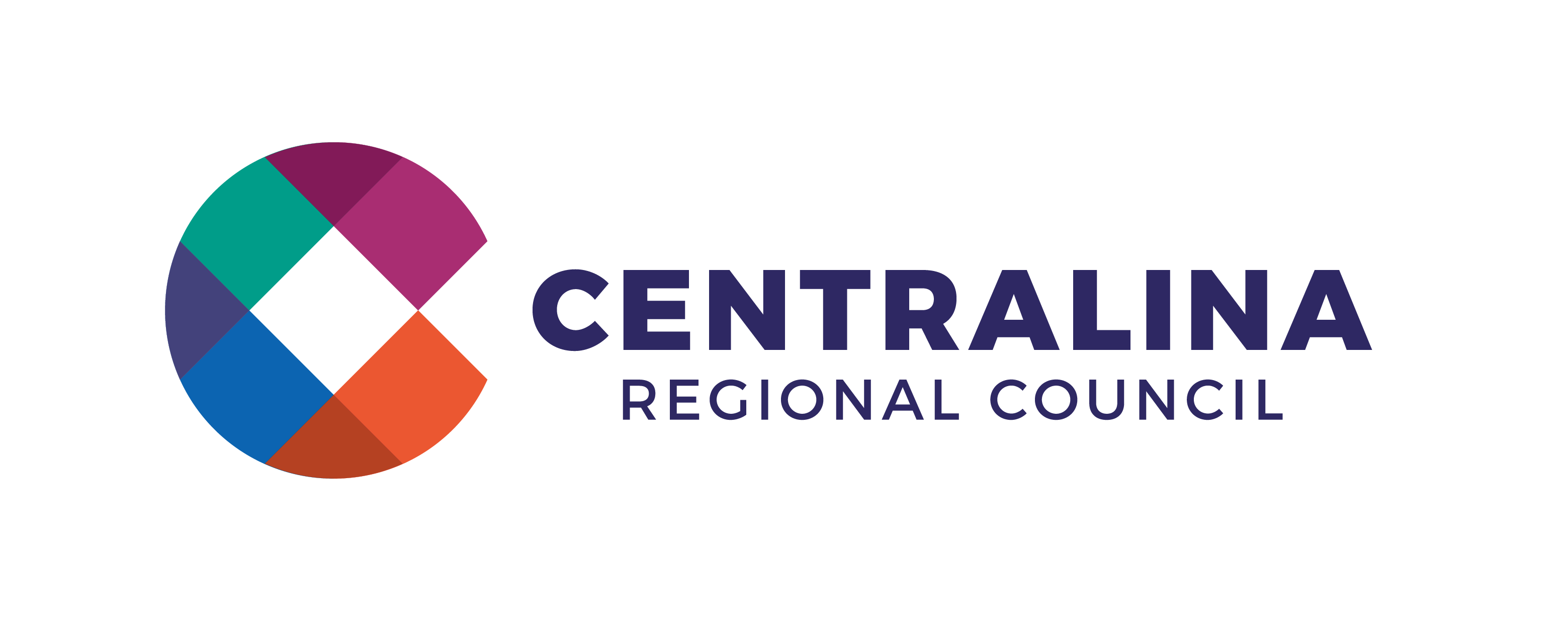Following the Farm Bill – Nutrition, Conservation, and More
The Farm Bill is the primary piece of legislation that determines our nation’s food and agriculture policy. This historically bipartisan five-year authorization bill is set to expire on September 30, 2023, and contains both mandatory and discretionary spending. It has a tremendous impact on both rural and urban communities, farming livelihoods, and food economies, which affect local and regional economic growth as well as the environment and public health.
There are 12 titles in the Farm Bill with programs and policies to help support rural development and economic growth, investment in local infrastructure, conservation efforts and environmental protection measures, assistance for low-income individuals to access to nutritious food and resources, and more.
The Farm Bill plays a key role in ensuring low-income individuals have access to nutrition. The Supplemental Nutrition Assistance Program (SNAP), formerly known as food stamps, is the largest federal nutrition program, providing 41.5 million low-income individuals with monthly grocery benefits. SNAP is administered in partnership with states, ten of which delegate that responsibility to counties, like North Carolina.
Additionally, the Farm Bill includes funding for programs to incentivize and encourage access to local, healthy foods. These include the Nutrition Incentive Program, a competitive grant program that provides low-income consumers with cash incentives that increase their purchasing power at farmers markets; the Healthy Food Financing Initiative to help eliminate food deserts; and the Senior Farmers Market Nutrition Program, which incentivizes seniors to buy fresh produce from farmers markets. Nutrition programs, including SNAP, comprise approximately 75% of the Farm Bill spending.
Another significant portion of Farm Bill provisions are tailored to help underserved rural and small communities. The Rural Development Title includes funding for water and wastewater infrastructure programs, energy programs, broadband expansion and deployment programs, and electric infrastructure programs.
The Farm Bill’s voluntary conservation programs enable farmers and ranchers to improve water quality, reduce soil erosion, and enhance wildlife habitat. These sustainability practices improve environmental quality, and provide positive benefits for water quality for surrounding communities.
The Inflation Reduction Act (IRA) provided an unprecedented $19.5 billion for USDA conservation programs, including $4.95 billion for the Rural Conservation Partnership Program (RCPP), which provides grants for locally led conservation projects that address climate change, enhance water quality, and address other critical challenges on agricultural land. This additional funding, as well as the significant amounts of mandatory nutrition funding (traditionally a sticking point in negotiations), will complicate negotiations on title funding levels.


